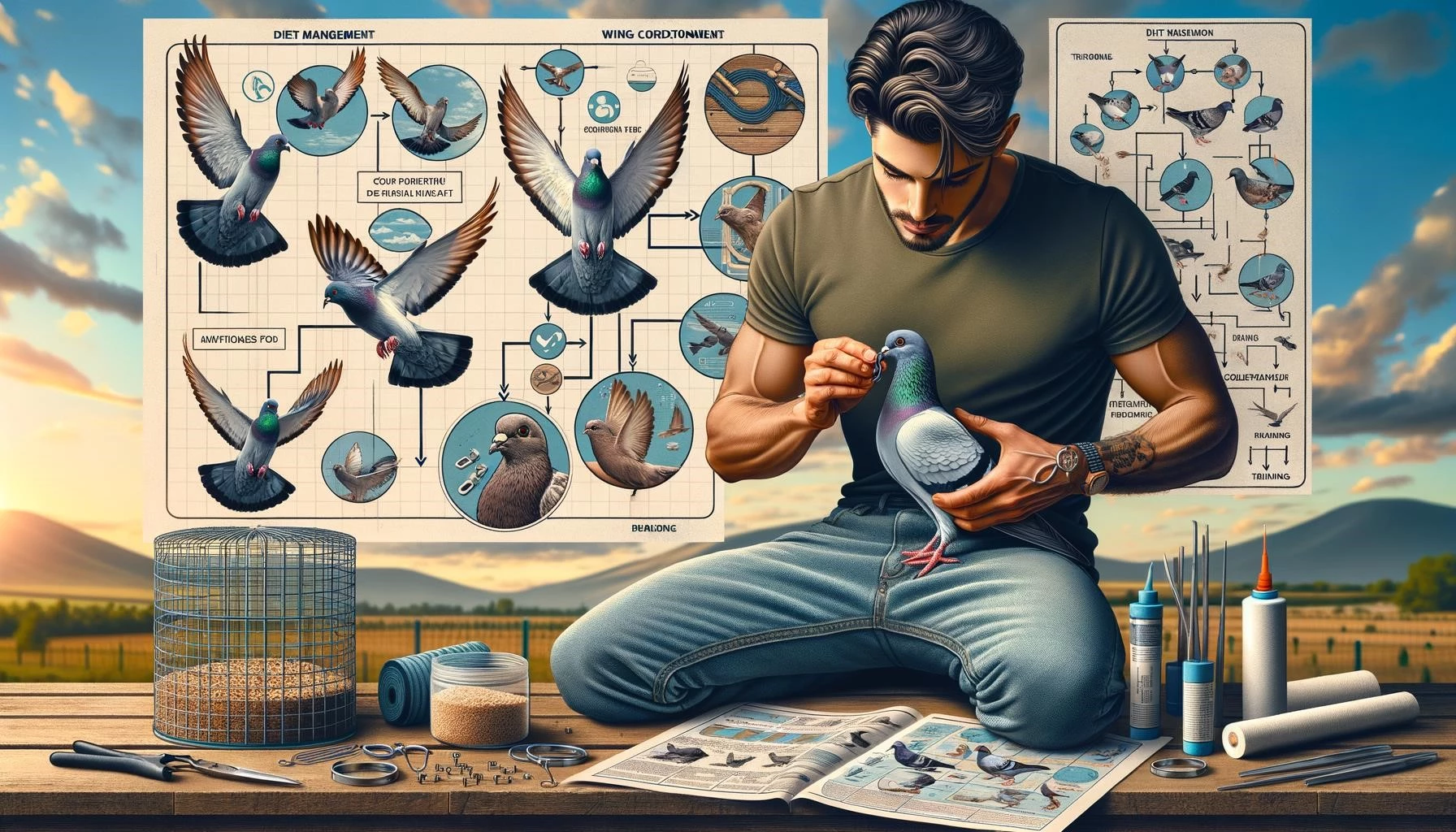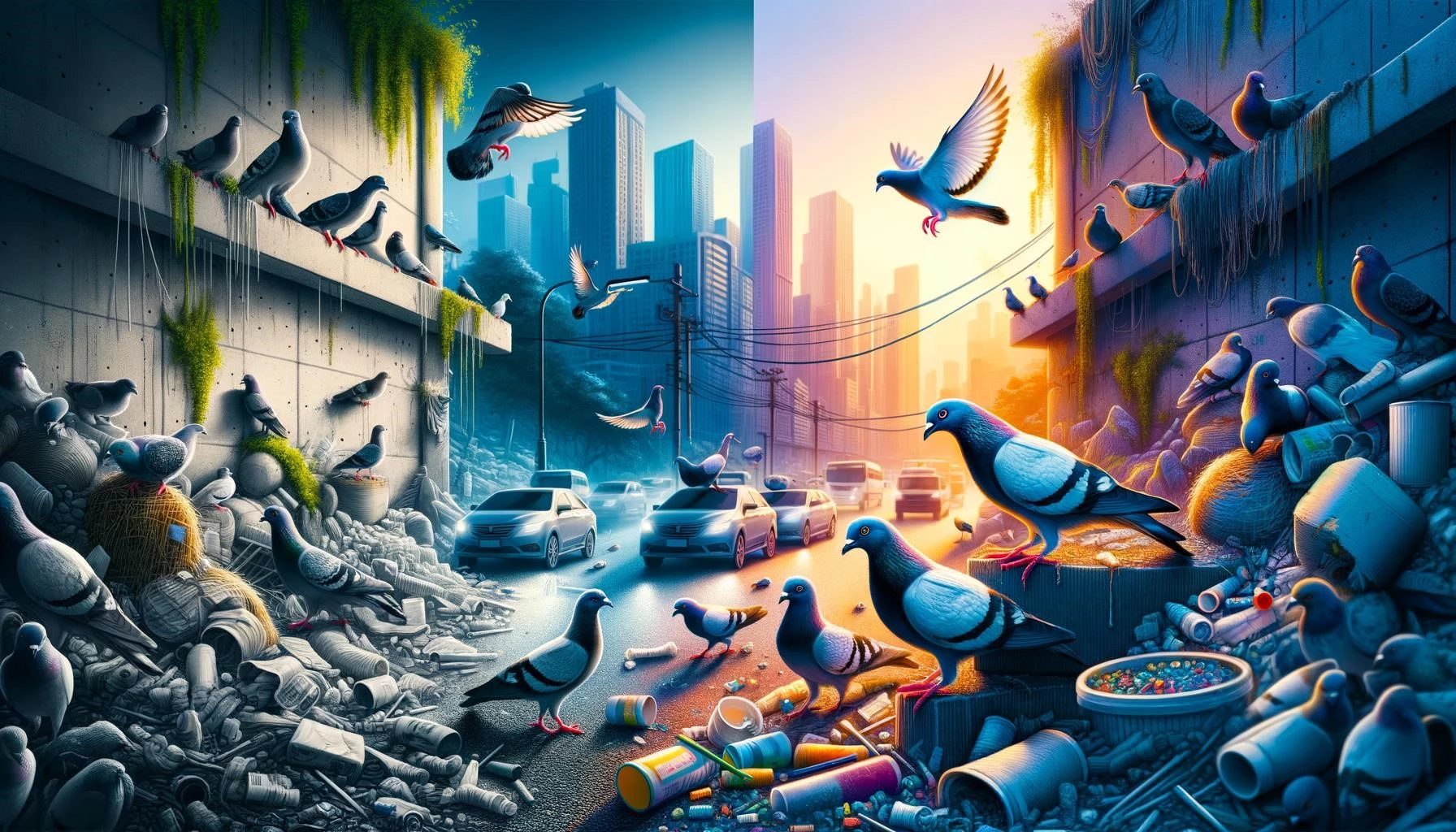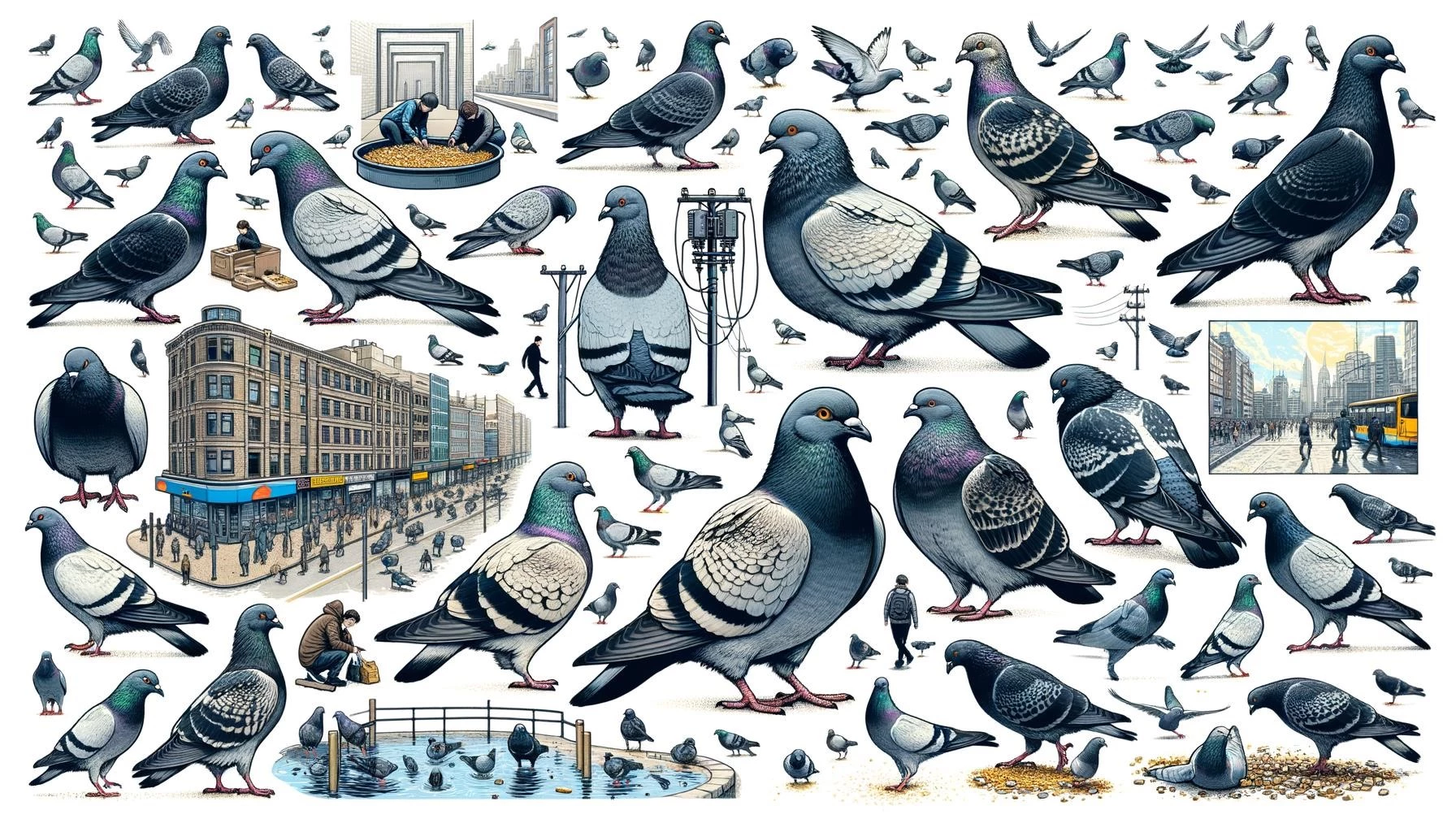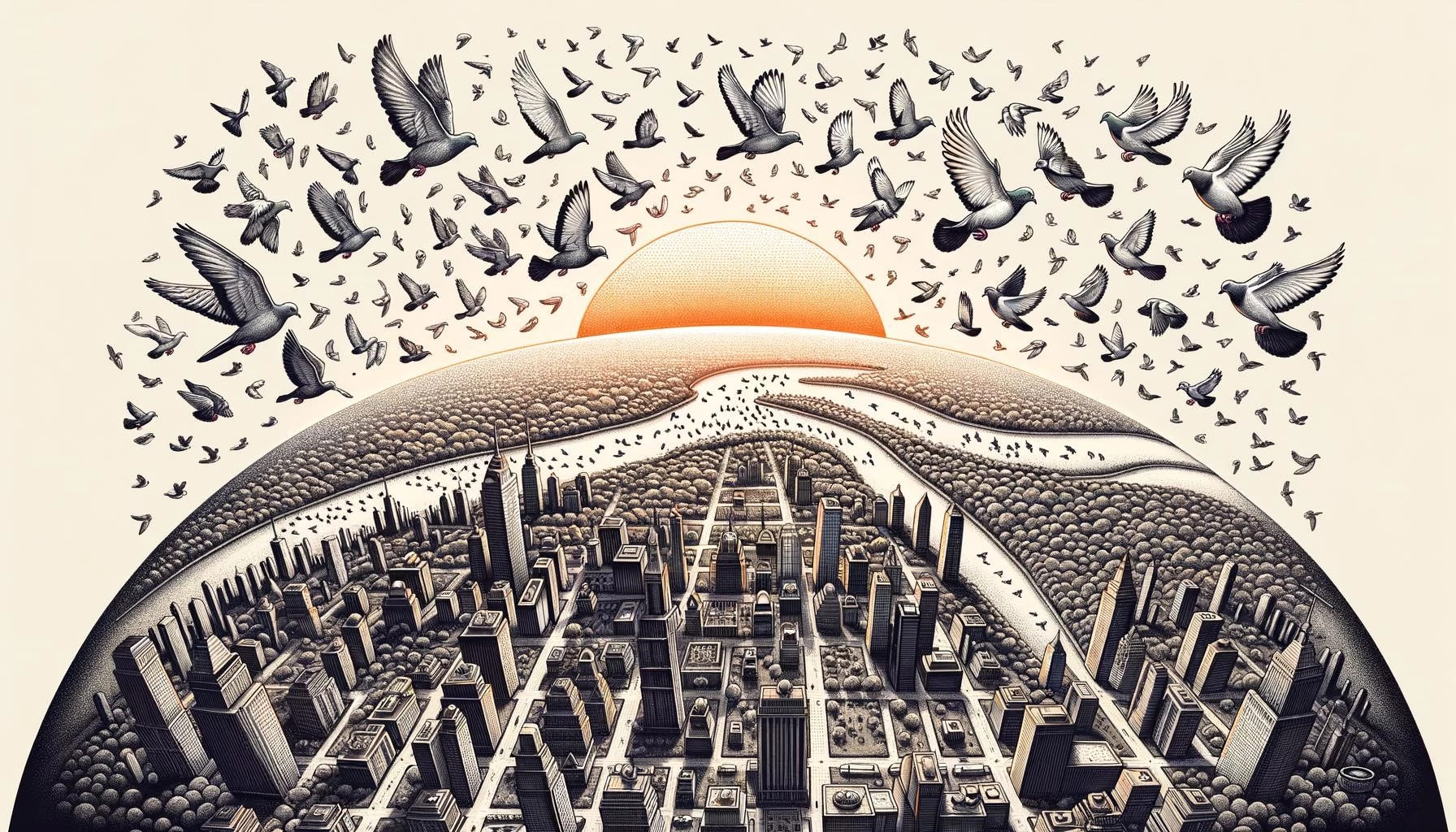Pigeons are highly adaptable birds that can thrive in various habitats, including urban, rural, and wild areas. However, like many other bird species, pigeons also face a range of threats to their habitats. Loss, degradation, and fragmentation of important migratory bird habitat have been identified as the largest individual threat to migratory birds, and pigeons are no exception. In this article, we will explore the challenges and threats that pigeons face in their habitats, and the potential impacts on their populations.
Key Takeaways
- Pigeons are adaptable birds that can be found in various habitats, including urban, rural, and wild areas.
- Loss, degradation, and fragmentation of habitat are significant threats to migratory birds, including pigeons.
- In urban environments, factors such as pollution, human activities, and changes in urban design pose significant threats to pigeons.
- Habitat loss and degradation, pollution, disease, predation, and human interference are among the major threats to pigeon habitats.
- Understanding and addressing these threats are crucial for the conservation and preservation of pigeon populations.
Urban Habitat Threats
Pigeons have adapted well to urban environments and are commonly found in cities around the world. However, urban habitats also present several challenges and threats to pigeons.
One of the primary threats in urban environments is pollution. Air and noise pollution can disrupt the natural behaviors of pigeons, while contamination of food and water sources can affect their overall health and reproduction. The crowded living conditions in cities can also facilitate the spread of diseases among pigeon populations.
Another significant threat pigeons face in urban habitats is habitat loss and fragmentation. With increasing urbanization and infrastructure development, natural habitats such as trees, vegetation, and open spaces are being replaced by buildings and concrete structures. This loss of suitable nesting and foraging sites leaves pigeons with fewer areas to meet their basic needs.
Feral or flocks pigeon populations often depend on man-made structures for shelter and nesting. Ledges, structures on buildings, and under bridges provide feral pigeons with essential resources in urban areas. However, modern construction trends often exclude suitable spaces for pigeons, further limiting their habitat options.
Finally, human interference also poses a threat to pigeons in urban habitats. Pigeons are sometimes considered pests, and intentional killing or trapping is practiced to control their populations. Additionally, the food sources available to pigeons in cities, such as bread crumbs and leftovers, are often nutritionally inadequate and can negatively impact their health and reproduction.
Other Habitat Threats
Pigeons are not limited to urban environments, and they can also be found in rural and wild areas. In these habitats, pigeons may face different challenges and threats.
In rural areas, agricultural practices can impact pigeon populations. The use of pesticides and chemicals in farming can contaminate their food sources and pose a threat to their health. Additionally, changes in land use and habitat destruction due to logging and deforestation can reduce the availability of suitable nesting and foraging sites for pigeons.
In wild areas, natural predators can pose a threat to pigeon populations. Falcons, hawks, owls, foxes, snakes, rats, and other animals may prey on pigeons, especially vulnerable eggs and chicks. The presence of these predators can impact the reproductive success and overall population size of pigeons in the wild.
Climate change is also a significant threat to the habitats of not only pigeons but also many other bird species. Rising temperatures, extreme weather events, and disruptions to natural biomes can affect the availability of food and water sources for pigeons. Changes in migratory patterns and breeding behaviors can further impact their populations.
Conclusion
Pigeons face a range of threats to their habitats, both in urban and non-urban environments. Loss, degradation, and fragmentation of habitat, pollution, disease, predation, and human interference all pose significant challenges to pigeon populations. Understanding and addressing these threats are crucial for the conservation and preservation of pigeons and their vital ecological roles.









